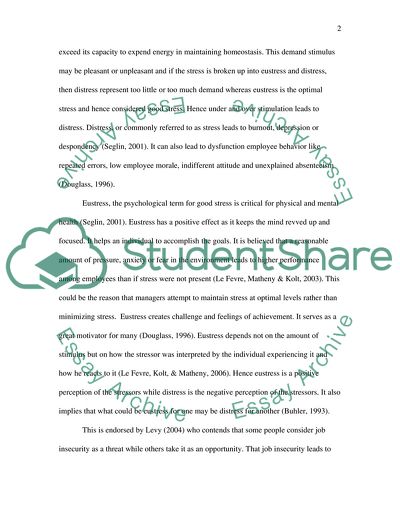Cite this document
(How to Manage and Reduce Stress Term Paper Example | Topics and Well Written Essays - 2000 words, n.d.)
How to Manage and Reduce Stress Term Paper Example | Topics and Well Written Essays - 2000 words. Retrieved from https://studentshare.org/psychology/1719392-a-little-bit-of-stress-is-useful
How to Manage and Reduce Stress Term Paper Example | Topics and Well Written Essays - 2000 words. Retrieved from https://studentshare.org/psychology/1719392-a-little-bit-of-stress-is-useful
(How to Manage and Reduce Stress Term Paper Example | Topics and Well Written Essays - 2000 Words)
How to Manage and Reduce Stress Term Paper Example | Topics and Well Written Essays - 2000 Words. https://studentshare.org/psychology/1719392-a-little-bit-of-stress-is-useful.
How to Manage and Reduce Stress Term Paper Example | Topics and Well Written Essays - 2000 Words. https://studentshare.org/psychology/1719392-a-little-bit-of-stress-is-useful.
“How to Manage and Reduce Stress Term Paper Example | Topics and Well Written Essays - 2000 Words”. https://studentshare.org/psychology/1719392-a-little-bit-of-stress-is-useful.


